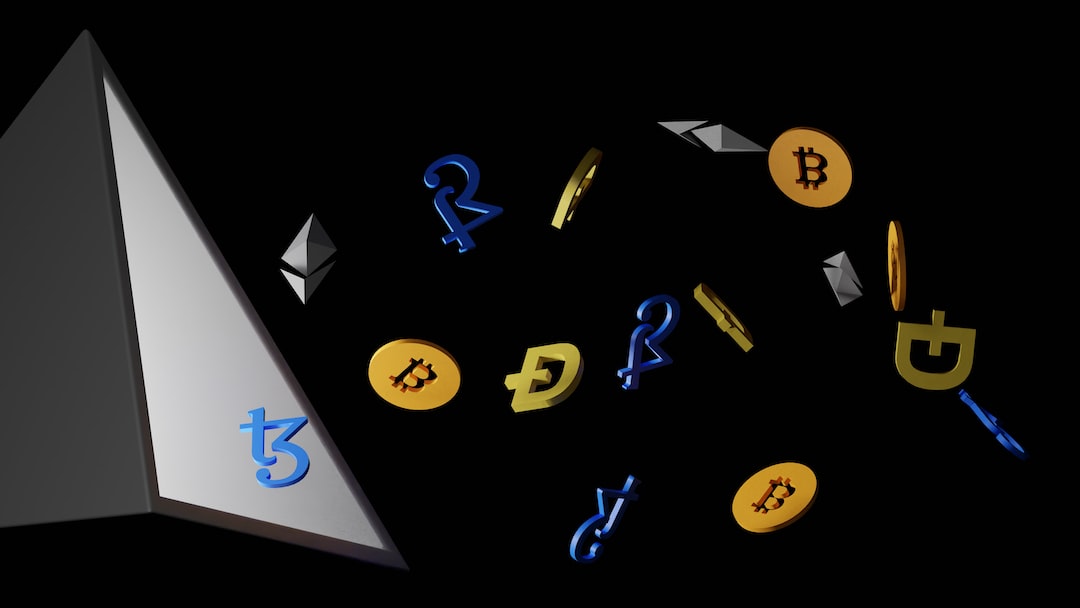The Future of Web3: Data Ownership Protocol vs Layer 2 Solutions and Layer 1 Chains
The Web3 future is all about control over your data, and many layer 2 solutions and layer 1 chains are catering to this demand. While most of these solutions focus on privacy, the Data Ownership Protocol (DOP) stands out by offering data ownership as its core feature.
Layer 2 solutions are built on top of Ethereum and provide faster and cheaper transactions compared to the Ethereum blockchain itself. This scalability advantage makes them popular among platforms like blockchain gaming, DeFi, and NFTs. However, these solutions rely on zk proofs (ZKPs) for privacy and still require transactions to be settled on Ethereum for finality.
To send bundled batches of transactions to Ethereum, L2s use centralized sequencers that act as traffic police officers. However, this centralized approach poses potential issues such as single points of failure and vulnerabilities to maximum extractable value (MEV) exploitation through frontrunning and sandwich attacks.
Fraud proofs are another concern in layer 2 solutions. These proofs, based on algorithms in layer 1, ensure the correct recording of transactions in layer 2. Without fraud proofs, users may face difficulties retrieving their funds from layer 2 if a sequencer fails. Different rollups have varying levels of decentralization and security measures, with stage 0 rollups lacking Ethereum security altogether.
On the other hand, layer 1 chains can also offer privacy using zk technology through zk Proofs (ZKPs), secure multi-party computations (sMPC), or trusted execution environments (TEE). For example, Aleph Zero combines ZKPs and sMPC to provide privacy on its layer 1 chain.
Aleph Zero plans to introduce “Liminal,” which will enable interchain privacy with other networks like Ethereum, Cosmos, or BNB. They intend to use zk-SNARKs, a type of zk proof, to ensure privacy. However, zk-SNARKs have some limitations, such as the need for a trusted setup phase and vulnerability to quantum attacks.
To address these limitations, Aleph Zero incorporates sMPC for the global private state computations. This approach allows sensitive information to be kept off-chain on multiple nodes and accessed through secure handshakes. By combining zk-SNARKs and sMPC, Aleph Zero aims to achieve a balance between privacy and efficiency.
In conclusion, while layer 2 solutions and layer 1 chains offer different approaches to privacy in Web3, there are still challenges to overcome in terms of centralization, fraud proofs, scalability, and quantum resistance. The Data Ownership Protocol (DOP) stands out by focusing on data ownership as its primary offering in the Web3 landscape.
Hot Take: The Importance of Data Ownership in Web3
In the Web3 era, where control over data is crucial, protocols like the Data Ownership Protocol (DOP) play a significant role. By prioritizing data ownership, DOP sets itself apart from other layer 2 solutions and layer 1 chains that mainly focus on privacy.
With the increasing demand for faster and cheaper transactions, layer 2 solutions have gained popularity. However, their reliance on centralized sequencers poses potential risks and vulnerabilities. On the other hand, layer 1 chains offer alternative privacy options using zk technology but face challenges related to scalability and quantum resistance.
DOP’s emphasis on data ownership provides users with more control over their data in the decentralized ecosystem. As Web3 continues to evolve, ensuring data ownership will be crucial for individuals and businesses alike. By empowering users with data ownership rights, DOP contributes to a more secure and transparent digital future.
Sources:
– Data Ownership Protocol Twitter: https://twitter.com/dop_org/status/1447971013054802438
– Blocknative | mempool.eth Twitter: https://twitter.com/blocknative/status/1435314587007793156
– Greyy Twitter: https://twitter.com/Greyypoet/status/1454646339978535939





 By
By
 By
By

 By
By

 By
By